Natural Dyeing: Preparing your Fabric for Dyeing
When we speak about natural dyeing, it is in reference to dyeing natural fibres of which there are two categories: Plant & Animal. Plant fibres are cellulose-based and cover anything that comes from a plant or the earth such as cotton, linen, hemp, nettle etc. Animal fibres are made of protein and include anything that comes from an animal such as wool, silk, alpaca, mohair etc. The different groups are treated differently in a few ways, firstly in how they are prepared for dye, secondly in how they are mordanted & lastly in how the dye is applied.
In order to get the best results possible the cloth you will be dyeing must be cleaned thoroughly by a method known as “scouring” before being added to the dye pot. Scouring is a process of removing any oils, waxes or residues from the cloth that may be naturally present, leftover from the manufacturing process or accumulated over time. In order for the cloth to take up the mordant and dye effectively, you will need to remove as much of this, often invisible, coasting from the fibres as possible. Scouring and mordanting your fabric correctly will ensure even, consistent results & stronger colour retention. Make sure you take the time to prepare your fabric properly before moving onto the dyeing part.
Scouring would traditionally have been done in large pots filled with water. The fabric would simmer in an alkaline solution to remove impurities. Once the water became murky, it would be drained off and the process repeated until the water ran clear.
To clean your fibres or fabric you will need dishwashing liquid or an eco-friendly PH neutral soap & soda crystals, often referred to as washing soda. If you cannot get your hands on soda crystals, try to find anything which contains sodium carbonate in its purest form. It is possible to purchase fabric that has been prepared for dye “PFD” or “RTD” ready to dye, which just needs to be rinsed prior to dyeing.
How to Scour Plant Fibres
Machine wash fabric on a hot wash (60-90* should work fine).
Fill a large pot 3/4 with water making sure the pot is big enough to accommodate your pieces & bring to a boil
In a separate container add 1 Tblsp. of eco-friendly soap & 1 Tblsp. of soda crystals and stir until this has dissolved
Add this to the pot, turn the heat down to a simmer, add your fabric and simmer for 2 hours.
Rinse your fabric and dry
Remember plant fibres are much hardier and more durable than animal fibres which cannot tolerate sudden changes or extreme temperatures. Due to their more delicate nature, protein fibres have to be treated more carefully than their counterparts.
How to Scour Protein Fibres
Handwash:
Fill a container (large enough to hold your items with space to move around) with cold water.
Add 1 Tblsp of eco-friendly or dish soap or for every 100 g fibre ( a pair of wool socks weighs 100g)
Soak the fabric in the soapy water overnight
Gently wash the fibre, being careful not to agitate it too much as the friction may cause it to shrink.
Rinse thoroughly & dye.
Once you have thoroughly washed your fabric you can dry & store until you are ready to dye.





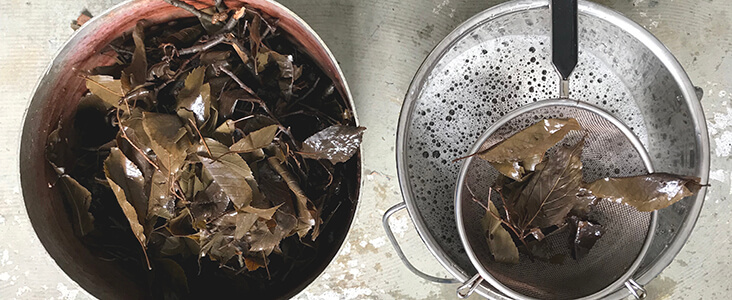
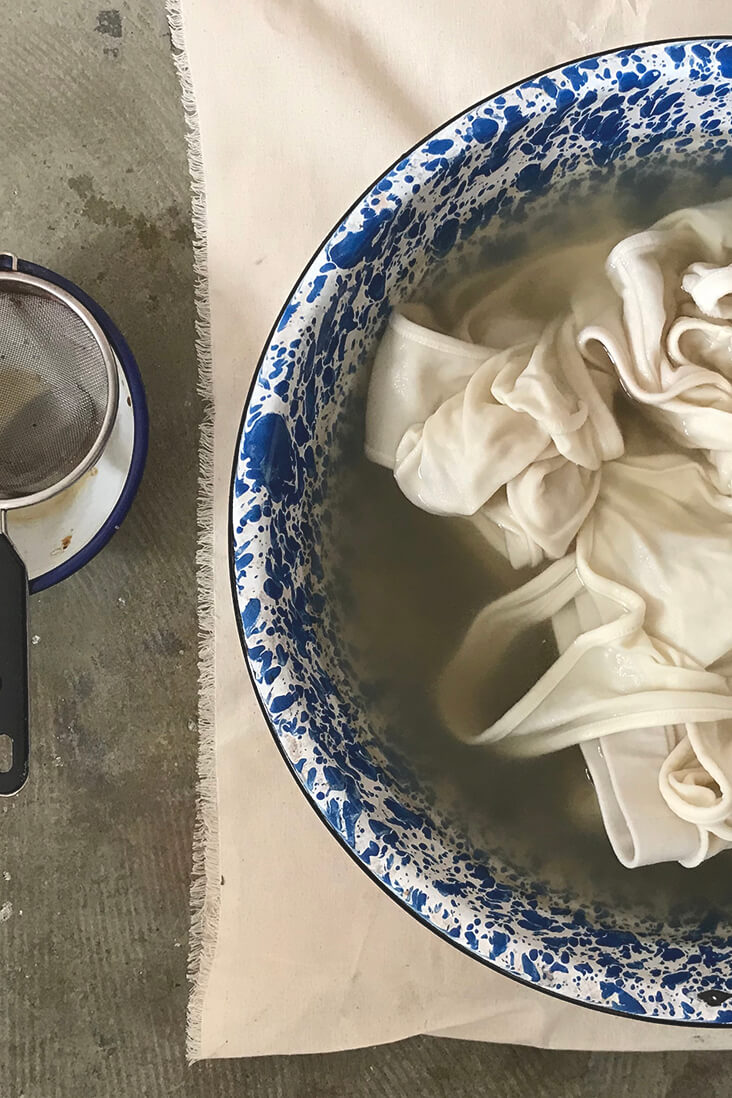
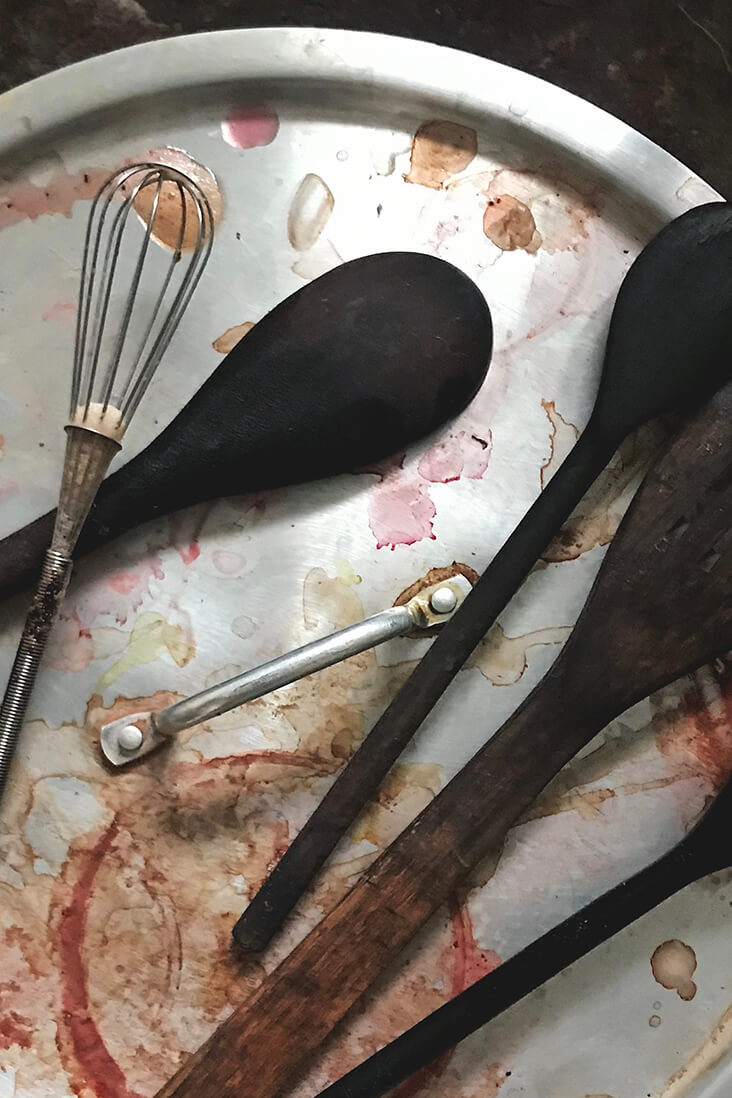
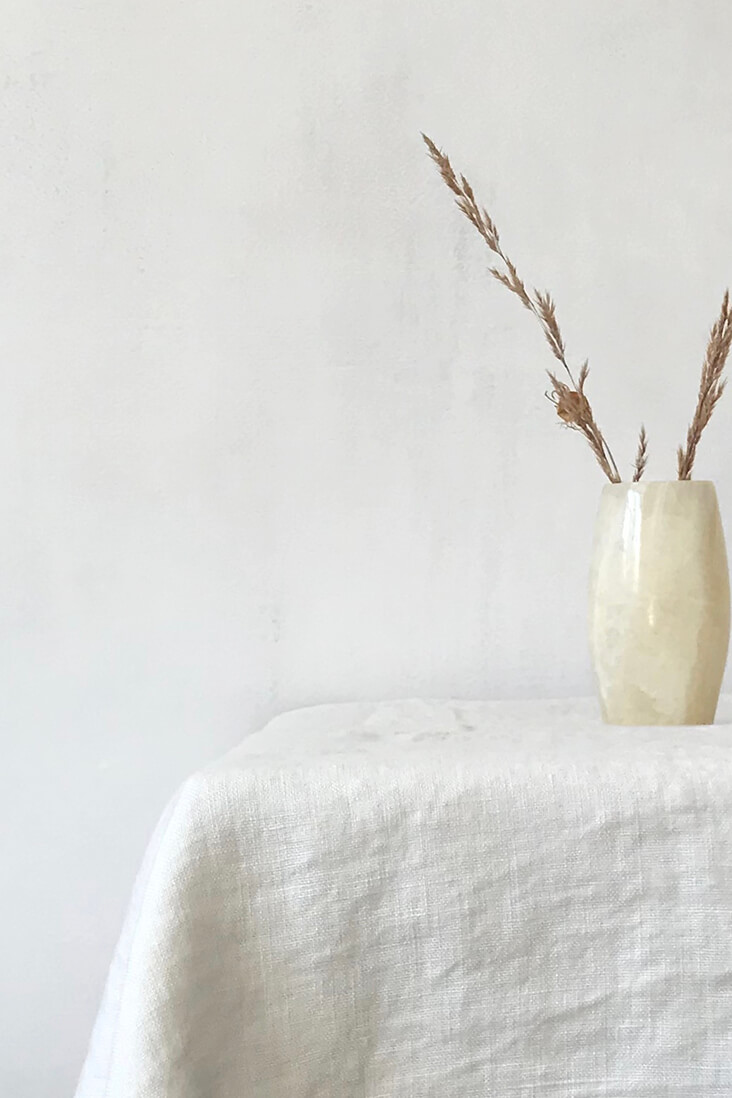


















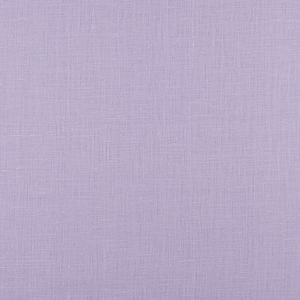


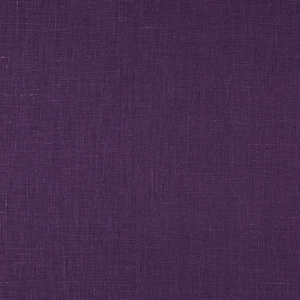
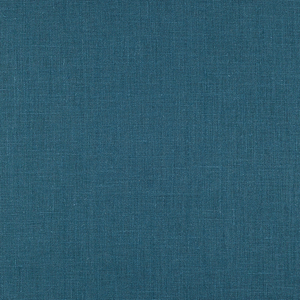


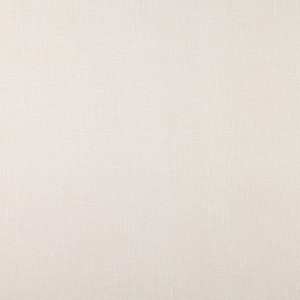


















13 Comments
Sarah Tremaine
Hi Kathryn,
Based on Catharine Ellis & Joy Boutrup’s work (Boutrup & Ellis, 2019. The Art and Science of Natural Dyes: Principles, Experiments, and Results ) work, they do NOT recommend soda ash for scouring linen, due to the harshness of the treatment and the brittleness of the linen fibers. In my studio practice, I have experimentally compared scouring in a pot and scouring in a washing machine and have found equivalent results. So, I scour linen like I scour Protein fabrics/ fibers and use soda ash as described by you for other Cellulose fabrics/ fibers (cotton, hemp, rayon, etc). I have found that Fabrics_Store.com fabrics are quite clean, but I still scour them, as I get better natural dye penetration resulting in more even colors (another experiment :-)). Best, Sarah Tremaine Design
Vreni Breakell-Caudle
here used to be links at the end of each of Kathryn’s articles to download them. The Generate PDF link does not work. Will you still allow downloads?
Lauren Linen
Hello Vreni,
There is a .pdf icon at the bottom of the tutorial and above the little bio about Kathryn. If you click on it, a .pdf version of this page will download. Please email customer service if this isn’t working for you, and we can send you a copy.
Email: ask@fabrics-store.com
Web Form: https://support.fabrics-store.com/hc/en-us/requests/new
McKenzie Reints
Can the L19 bleached softened fabric be dyed without prep?
Lauren Gates
Hello McKenzie, We recommend prepping this fabric as the softener which is applied to it may produce uneven dye results. The only fabrics we carry which may be ok without prep are our PFD fabrics which have not had any of our finishes applied to them.
Ellen Klemm
Hello Lauren,
Since scouring would remove the softener from the fabric, would you recommend retreating with fabric softener post dye in order to restore the fabric to its original softness?
Lauren Linen
You can do this if you’d like, We’ve created a softener specifically for our linen which will do the trick. Here is a link to this product:
https://fabrics-store.com/more/eco-friendly-fabric-softener-volume-3.5-oz-scent-unscented
Candace Strong
Can you please list which of your fabrics are PFD? Would that include all your bleached/undyed linens? And are your new cottons prepared for dyeing? I am asking about the The plain white cottons, not the prints.
Lauren Linen
Sure Candace,
For our plain woven linen fabrics, the PFD ones are the bleached or Optic white without any softeners applied. We call this ‘No finish’
Our new cottons are not PFD, so you will need to scour those prior to dyeing.
if you are looking for a particular weight or fabric for a specific project and aren’t sure which will be best, please feel free to send us an email at ask@fabrics-store.com
Trish Jakielski
I really appreciate these articles on natural dying – thank you. For the cleansing soap can synthrapol be used? That is what rug hookers recommend but they work mostly with wool and mostly with synthetic dyes.
Is there a dying article about which natural sources create what color and how to track a “formula” so you can sort of recreate the same color if needed? Natural colors are so beautiful, but I find it hard to “make more” if I need it!
Thanks again – love this site. As soon as I use up some of my abundance of fabric, I will grab more of this great linen. The pants I made I LOVE!
Trish
Hg Fuller
Trish, while you’re waiting for the professional to reply, from what I’ve learned in dye workshops, synthrapol is typically used to wash at the end of the dye process, to prevent the dye from attaching to other fibers/fabrics. The easiest-to-find pre-wash product I’ve Used is good old blue Dawn dishwashing liquid. I usually prewash all my purchased fabrics with it. FYI, my focus is on plant fibers, like the beautiful linen I buy from fabrics-store.com. Prior to dying, I’ve been taught to use soda ash, a chemical you can get most cheaply at a pool supply store. — For natural dying I’ve found “Nature Provides Dyes for Rainbows,” by Carole Leigh Brack-Kaiser, 2016, a soft bound book printed in Naples, Florida.
Candace Strong
I have read that Dawn dish soap can be used as a substitute for Synthrapol. Evidently they share some ingredients. The downside of Dawn dish soap is the suds! It will fill your washing machine with bubbles.
Kathryn Davey
Hi there,
Thank you so much for your comment & I am really happy to hear that you are enjoying these articles. That’s a great question & yes Synthrapol can be used as a pre-wash as it is a PH neutral soap. It is more commonly used with wool or silk which respond well to PH neutral soaps, helping to remove much of the oils or residues from the fibre. It can also be used as a detergent to help remove the dye that hasn’t bonded to the fibre. It is an industrial-strength soap so unless you are working with heavily coated wool or silk fibre I wouldn’t recommend using this, you can, but you can use something gentler if you are working with plant fibres such as linen or cotton.
To answer your question about a previous article on colour sources, see the article on The Colour Wheel, link; https://blog.fabrics-store.com/2020/05/21/natural-dyeing-the-colour-wheel/
Thanks again for your questions and feedback x Kathryn